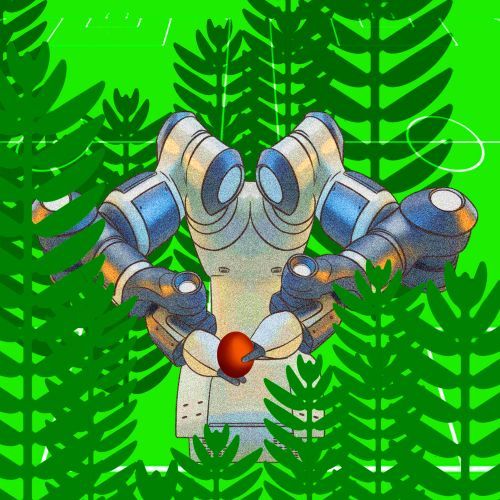Solutions used in the circular economy
The circular economy model can help tackle the problems of the built environment – water systems, waste and energy, transport infrastructure and buildings. The circular economy involves sharing, renting, reusing, repairing, restoring and recycling materials and products for as long as possible. An example is the Dutch Cirkelstad – a national platform providing a sample project database, research and solutions, and training and advice. Meanwhile, in Denmark and Sweden, strict regulations effectively promote circular practices.
The United Repair Center (URC) in Amsterdam was founded to extend the life of garments. It is part of the Dutch capital’s efforts to introduce a circular economy. URC works with brands such as Patagonia, Scotch & Soda and Decathlon, repairing hundreds of clothes weekly. The Dutch electronics manufacturer Fairphone encourages its customers to use phones that are relatively easy to repair as long as possible. Fairphone also offers a recycling program – you can get at least 50 euros for giving away an old phone.
In a deprived part of Buenos Aires, residents rummage through discarded fruit and vegetables at a food market. Anahi Robledo uses these resources to feed 50 families daily with local food for needy people. Due to inflation, however, the situation is worsening, and the diner cannot keep up with the needs. About 40% of the country’s population lives in poverty.























